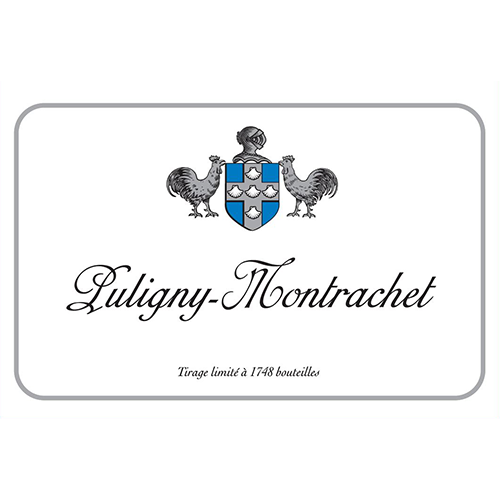
Esprit Leflaive
Puligny-Montrachet
Coming from 7 different plots all throughout the AOC, the Village wines from Domaine Leflaive are a great representation of the wines of Puligny. The minerality, combined with the unique texture, make this wine stand out from the crowd, leading the way to the greatness of the Premiers and Grands Cru from the family.
Vintage Factsheets
This vineyard, situated at 215 meters above sea level, features clay-limestone soils, was planted between 1963 and 2003, and has southeast exposure.
- Region
- Bourgogne
- Appellation
- Côtes de Beaune
- Sub-Appellation
- Village
- Varietal Composition
- Chardonnay
- Aging
- Pneumatic pressing and 24-hour decanting, followed by transfer to oak casks (18% new, mixed Vosges/Allier). After 12-month oak aging, wine spends 6 months in tank for bottling prep. Light filtering if needed.
- Alcohol
- 13%
This village-level wine is a true expression of the commune, showcasing the warmth of the vintage with ripe stone fruit and citrus. It also reveals depth with subtle saline notes, flint, and fresh white flowers. The texture is smooth and inviting.




